Have you developed an idea for an app or other tool, created a demo or started working on a product? It is worth thinking about the legal aspects and securing the rights of the founding company to such results, so that it can safely market the target product you are developing.
Creativity of the founders at an early stage
It is not uncommon for a start-up to have a proof of concept, a demo, some product code, an interface design, a name, a brand and perhaps even a range of marketing materials. Often, when you talk to your first customer or investor and pitching your idea, the company does not yet exist or you have only just started to set it up. In order to ensure that the business can actually be run independently by the company and to avoid future problems, it is important to ensure that the company owns the rights to the product and all the materials created with it. This includes those created before the company was established as well as those created during its operation.

So what needs to be considered when deciding to set up a company to market a product?
- What the founders, the creators of a start-up, create in the initial stages of work on a product (code, interface, graphics, documentation, logo or even the original name) will most often be a work in the sense of the copyright law. If you have worked as a team on these results, you will often have joint rights to them. The mere creation of a company by the founders does not mean that the company takes over these rights. Only if you transfer them to the company on the basis of an agreement will the company actually own the rights and be able to transfer or license the product to market it.
- The transfer of intellectual property rights requires a written agreement on pain of invalidity. This means that oral or implied agreements in this regard cannot cause the company to acquire rights in such material. Implicitly, the company may be able to acquire a non-exclusive licence from you, but without specific agreements, this will be a very limited right, allowing the company to use the work for a period not exceeding 5 years, without the right to grant sub-licences and territorially restricted. This form of entitlement will not allow the company to operate in a viable manner, including entering into contracts with customers.
- You may transfer the copyright to the product or other materials to the company as a contribution in kind, i.e. as a contribution in exchange for shares, stocks or rights of a partner in the company. The transfer of rights to the company is then made on a non-cash basis. It should be noted that a contribution in kind is not possible if the company is formed via the Internet (S24). However, if you have formed your company in this way, you can still make a contribution in kind when increasing the share capital of a limited company or when increasing the capital of a partnership. However, such a contribution in kind will mean that the company can no longer be operated under the S24 system.
- If you want the company to buy back the copyright from you, you will need to enter into a written sale agreement and provide for a market price in such an agreement. The company must have sufficient funds for such a transaction so that it does not become heavily indebted in its first period of operation.
- The founders are often also the main creators who develop the product or brand after the company is established. Start-ups hire employees and collaborators, but it is equally important that the company has appropriate agreements with the founders – the shareholders. New products or modifications to existing products or materials created by the founders should be covered by their contracts with the company (whether employment, service or B2B contracts).
It should be borne in mind that failure to address these issues may result in the company entering into contracts with the customer that do not effectively license or assign rights to the customer, providing incomplete or false information to the investor or bank from which it obtains financing, or illegally registering a trademark. Such shortcomings often come to light years down the line, for example, when a contract is signed with a larger customer – a corporation that has detailed procedures for vetting software suppliers – or when a new investor vets the company. Not all of these shortcomings in a start-up’s “youth” can be corrected later. In this case, an ounce of prevention is worth a pound of cure.


